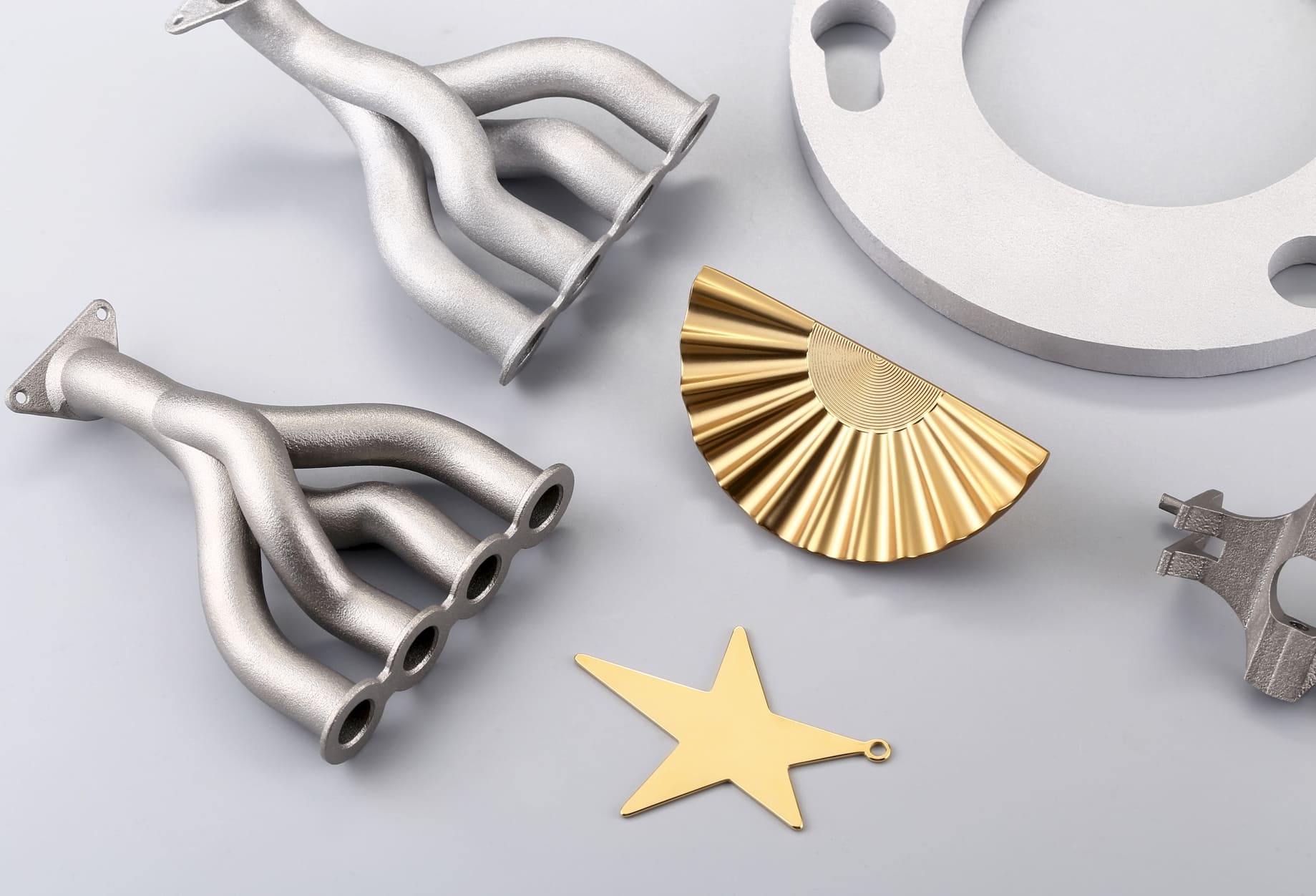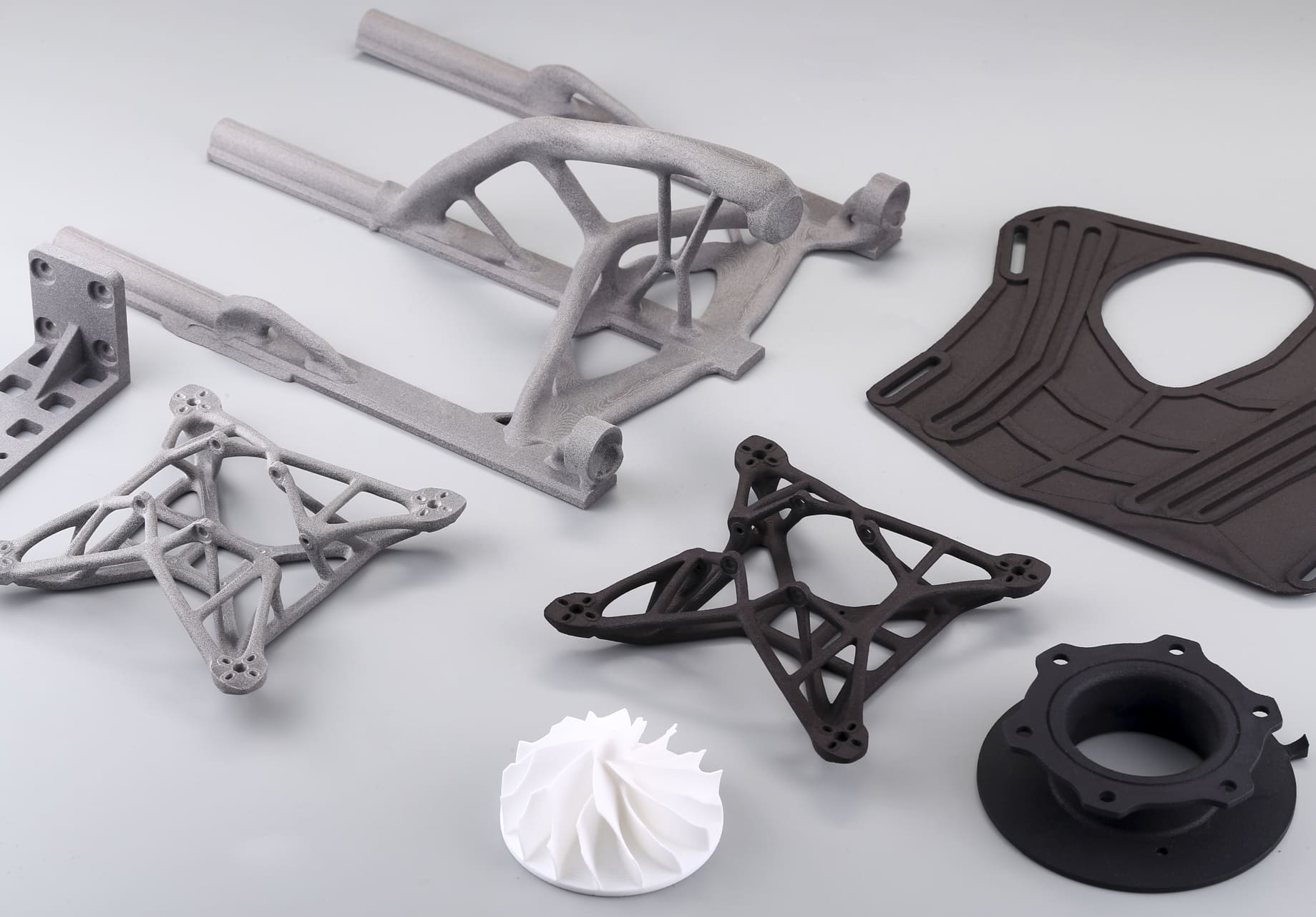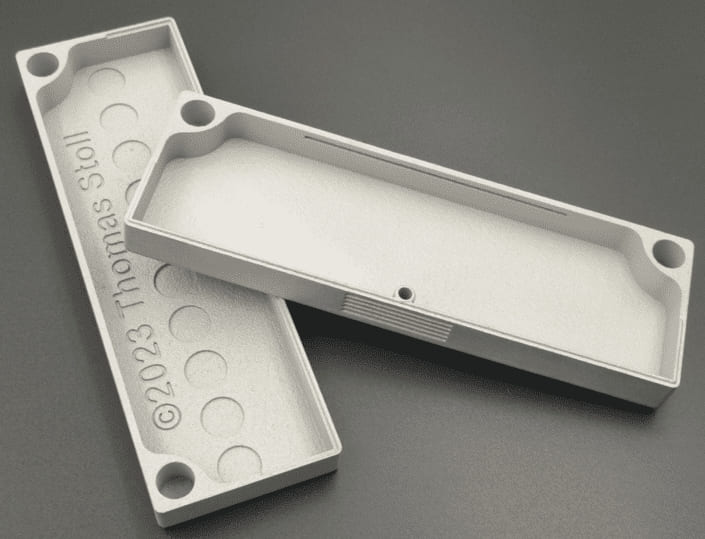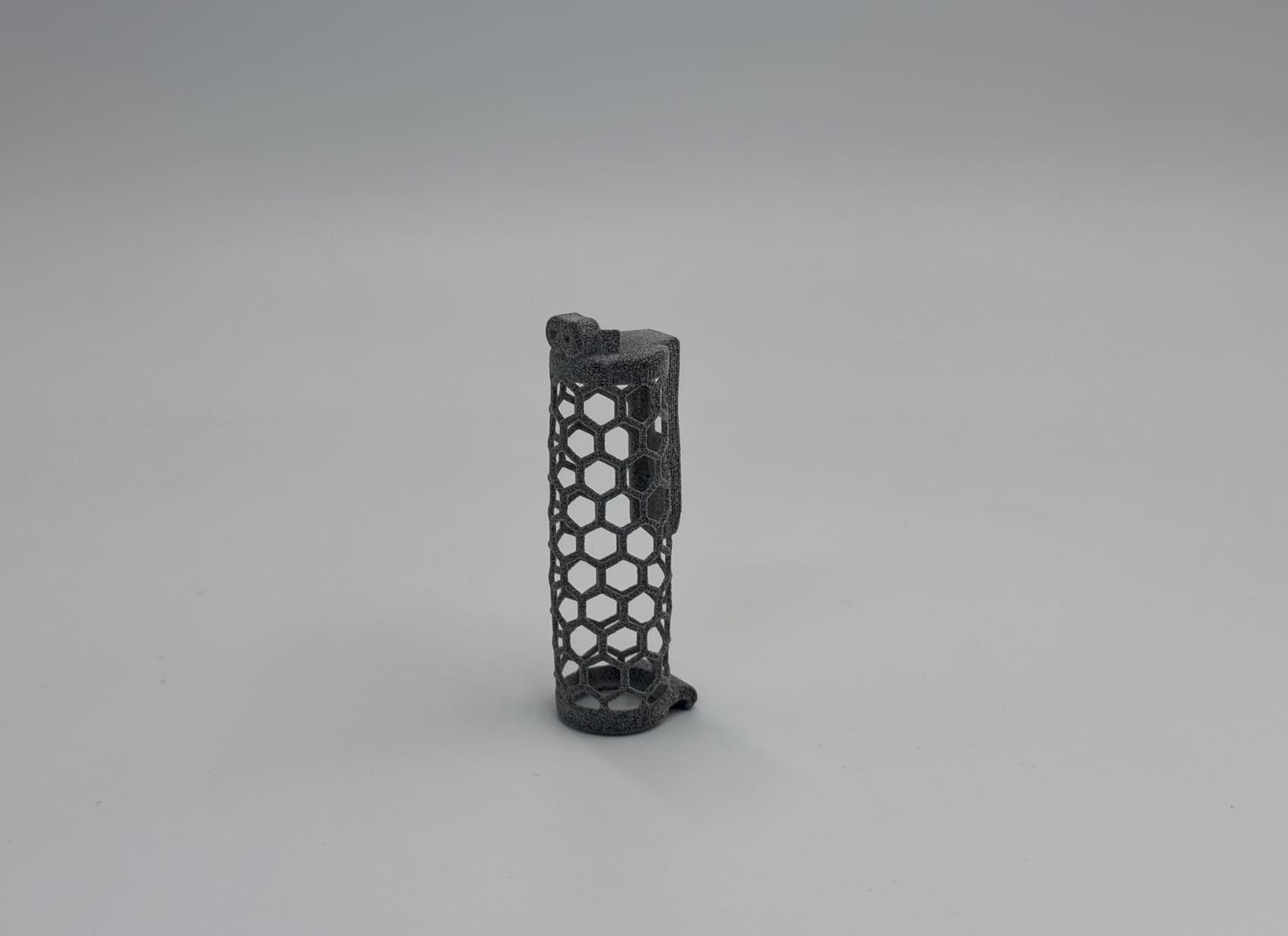Swimming is one of the most popular sports at the Olympic and Paralympic Games. It has been a part of every modern Summer Olympic Games since 1896, second only to athletics in the number of medals won. In addition, swimming has been part of the Paralympic Games program since the first Paralympic Games in 1960.
3D Printing and Swimming Technologies
3D printing has had a significant impact on swimming technology, improving performance, customization, and sustainability. It can make custom swimming gear, such as goggles and caps tailored to an athlete's exact measurements, ensuring a perfect fit, reducing drag, and improving performance.
Advanced materials and designs can be quickly tested and produced through 3D printing, such as swimsuits designed to reduce water drag and enhance buoyancy.
Specialized training equipment, such as paddles and kickboards, can be customized to an athlete's specific needs and training goals, helping swimmers improve technique and power more effectively.
Let's discover the details of how 3D printing helps Olympic and Paralympic swimming!
How 3D Printing Helps Olympic and Paralympic Swimming
1. Swimming Goggles
Swimming goggles are a must-have for Olympic and Paralympic swimmers, providing clear vision and protecting eyes from chlorine and other irritants.
Traditional goggles often come in standard sizes and may not fit perfectly, leading to discomfort and potential leaks. With 3D printing, athletes can have goggles that conform to their unique facial contours, ensuring a comfortable and secure fit, reducing drag and enhancing fluid dynamics, allowing swimmers to perform at their best.
Swimming goggles can be printed with flexible, lightweight materials that are both durable and comfortable. Additionally, 3D printing allows features like anti-fog coatings and UV protection to be integrated directly into the design, improving the overall functionality of the goggles.
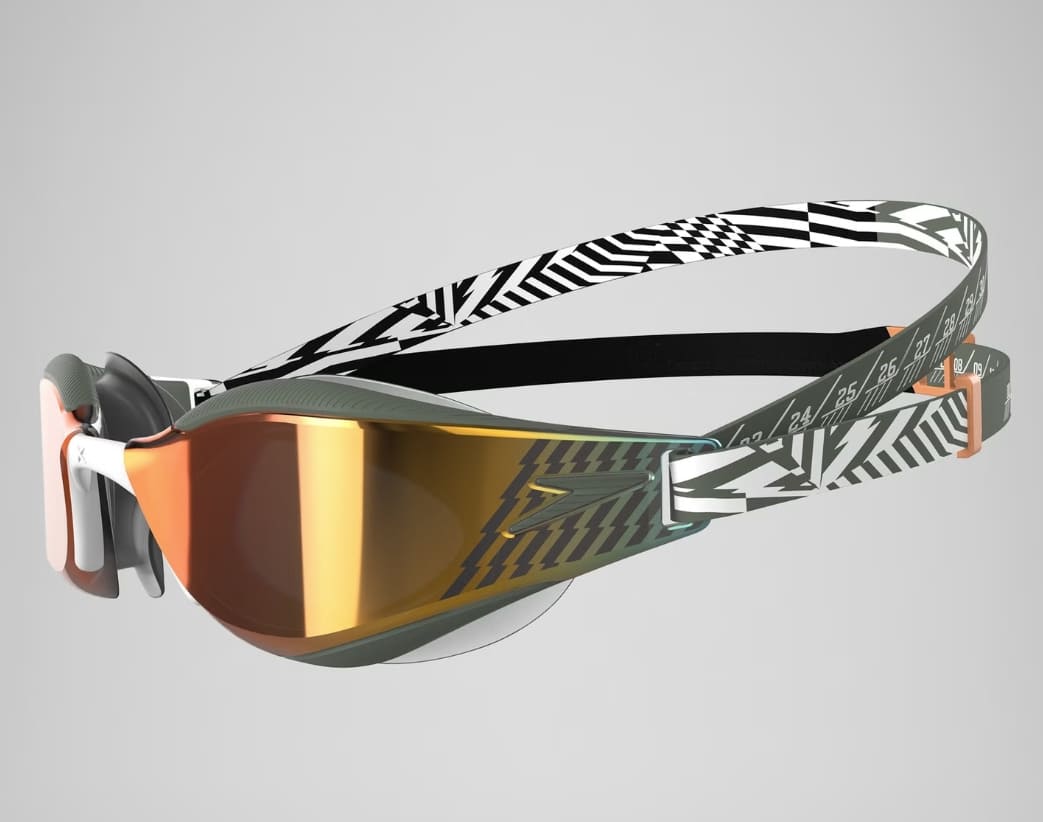
Image Source: Speedo
In addition, coaches and athletes can work with designers to test various goggle shapes and features and make adjustments based on feedback and performance data.
For Paralympic swimmers, 3D printing offers the potential to create adaptive goggles that meet specific needs. For example, goggles can be designed with enhanced visibility features for swimmers with visual impairments or custom straps and adjustments for those with limited dexterity. This inclusivity ensures that all athletes, regardless of their physical ability, have access to high-quality, performance-enhancing equipment.
2. Swimwear
Swimsuits are essential for competitive swimmers, providing coverage and improving performance by reducing drag and increasing buoyancy.
3D printing makes it possible to use advanced materials that are lightweight, durable, and flexible, for instance soft materials with carbon fiber. These materials can be designed to have specific properties, such as increased buoyancy or reduced water absorption.
For Paralympic swimmers, 3D printing can create adaptive swimsuits that meet specific needs. For example, a swimsuit can be designed with enhanced support or adjusted for athletes with physical impairments. This inclusivity ensures that all athletes, regardless of their physical ability, have access to high-quality, performance-enhancing equipment. Customization can also account for unique body shapes and sizes, providing a better fit and increased comfort.

Image Source: Arena
3. Swim Caps
Swim caps are essential for competitive swimmers, providing hydrodynamic benefits and protecting hair from chlorine. 3D printing technology can create caps that perfectly fit the shape of an athlete's head. Athletes can wear specially designed caps that are comfortable, for example, with thickness adjusted in different areas depending on hair volume or head shape.
Using special materials can improve the hydrodynamic properties of the cap, reducing drag and allowing swimmers to move more efficiently through the water.
Paralympic swimmers can benefit from caps tailored to their specific needs, such as caps designed to fit prosthetics or other adaptive equipment.
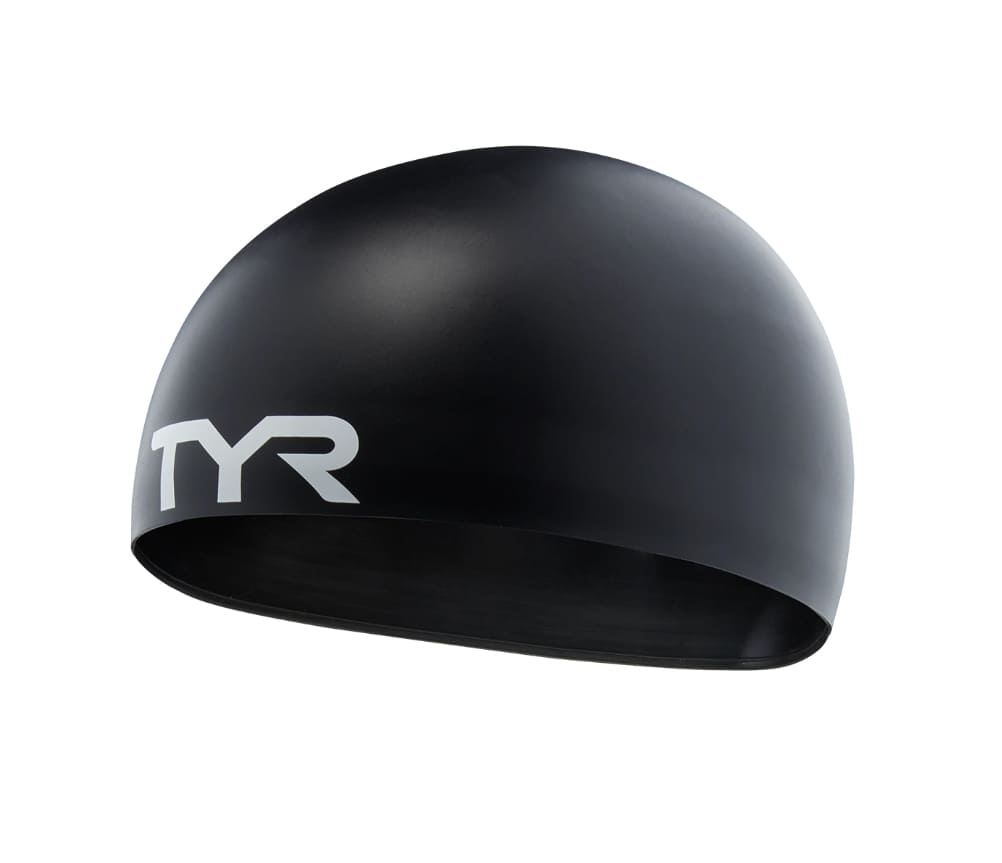
Image Source: TYR
4. Swimming Watch
3D printing allows for unparalleled customization in watch design. Manufacturers can create watches that meet swimmers’ specific needs and preferences, such as adjusting the size, shape, and color of a watch to suit personal taste or functional requirements. By using different materials and design approaches, 3D printing can create swim watches that are waterproof and readable underwater.
In addition, 3D printing can facilitate the integration of advanced features, such as sensors for tracking swimming metrics, providing swimmers with valuable data to improve their performance.
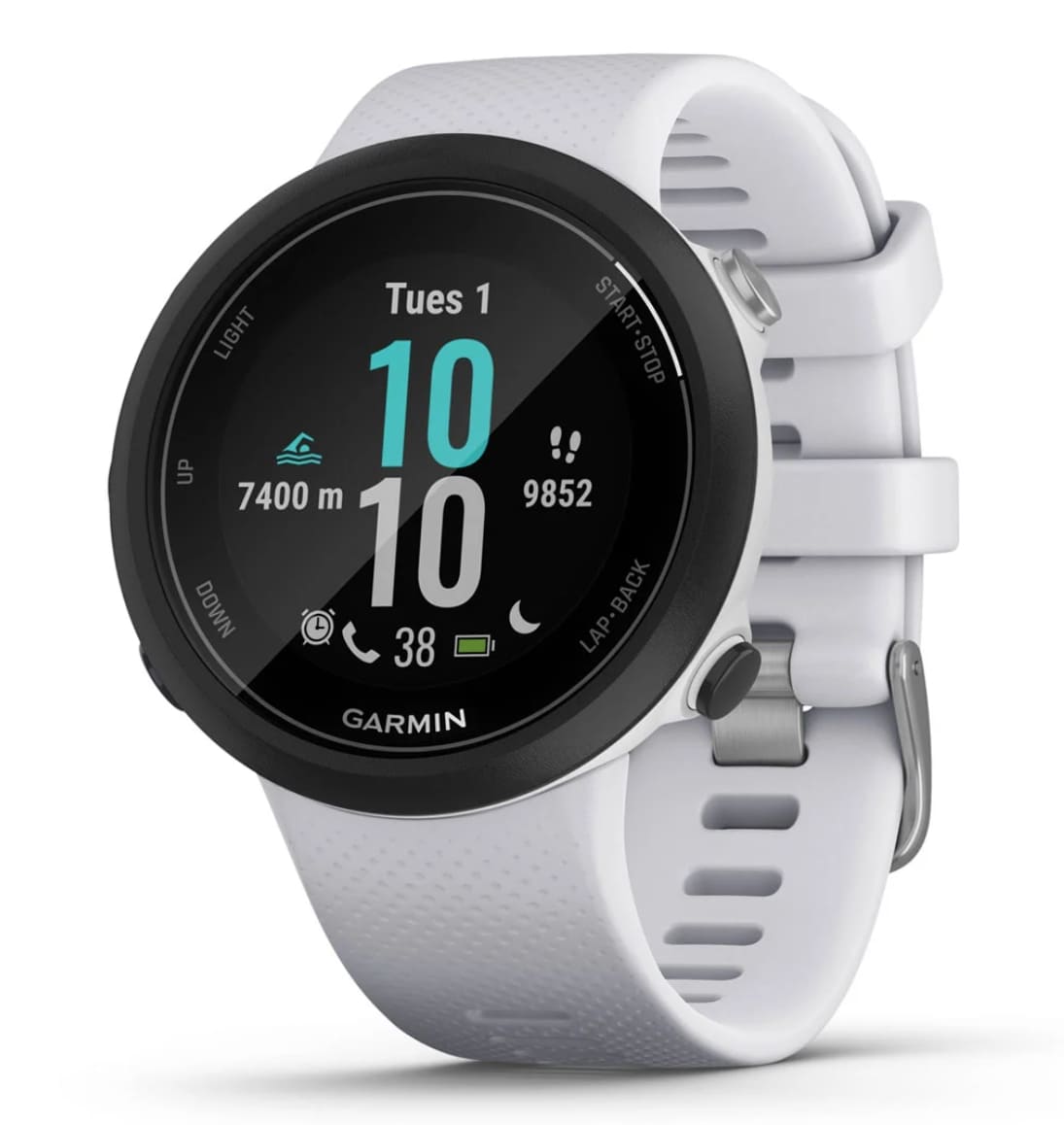
Image Source: Garmin
5. Ear Plugs
Earplugs protect swimmers’ ears from water and reduce the risk of infection. 3D printed earplugs fit perfectly to the unique shape of athletes’ ear canals. Custom earplugs reduce pressure points and discomfort, ideal for long training and competitions.
Using hypoallergenic materials ensures earplugs are safe for all athletes, reducing the risk of allergic reactions.
Paralympic swimmers can benefit from earplugs tailored to their specific needs, such as enhanced grip for easier insertion and removal.
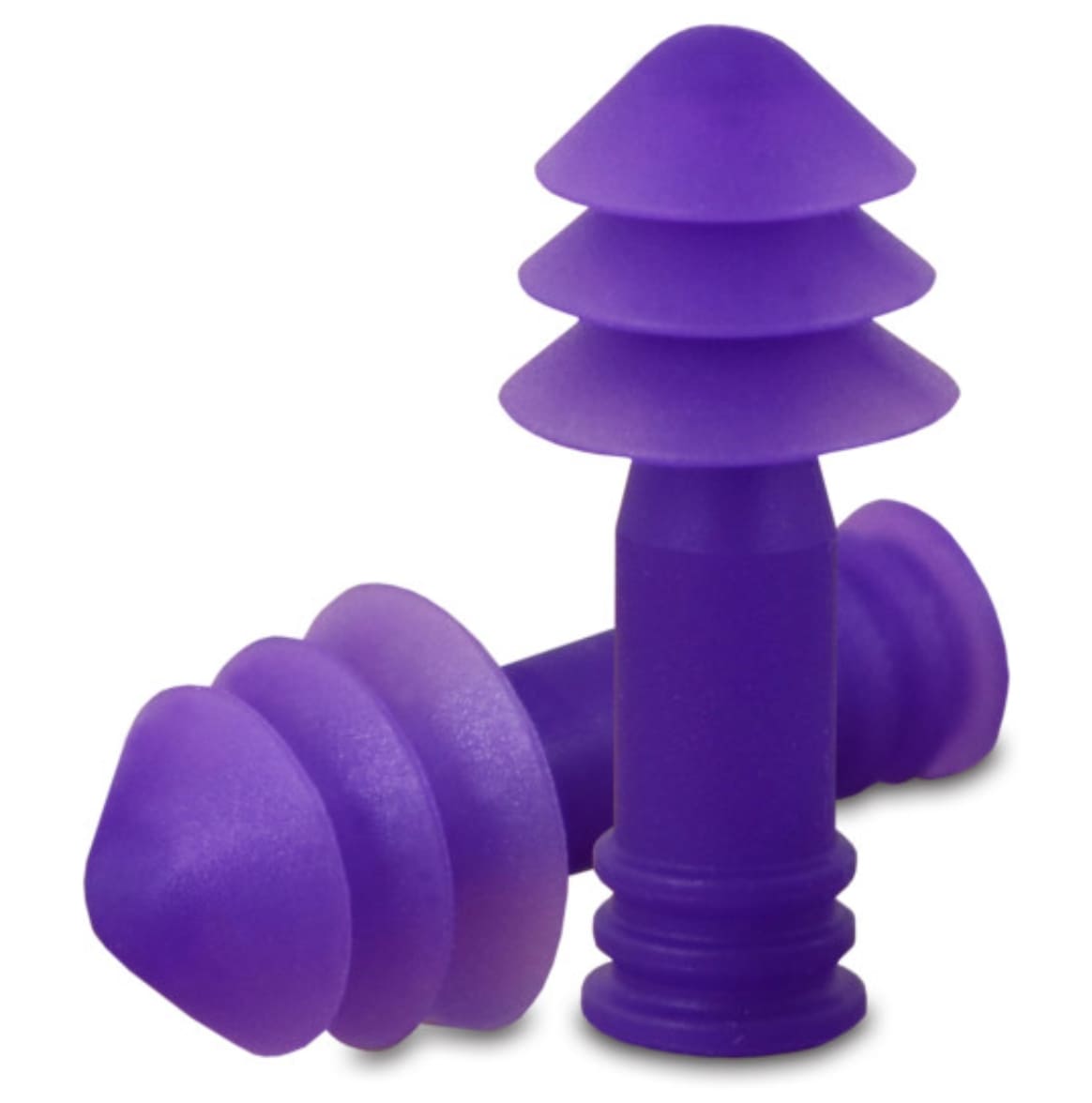
Image Source: Mack's
6. Nose Clips
Nose clips prevent water from entering the nasal cavity and improve focus on breathing techniques. 3D printed nose clips ensure a secure and comfortable fit, preventing water from entering the nostrils. Customized nose clips reduce pressure points and discomfort.
3D printing can produce nose clips with ergonomic shapes that provide a secure fit without causing discomfort. These designs can be optimized for different nose shapes and sizes.
Paralympic swimmers can benefit from nose clips tailored to their specific needs, such as enhanced grip for easier insertion and removal.
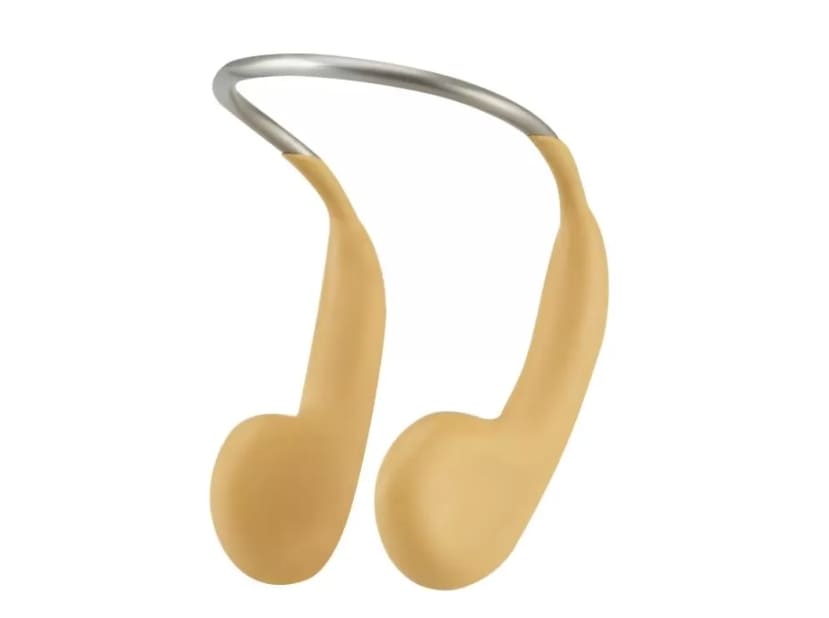
Image Source: Turbo
7. Training Equipment
● Kickboard: Helps focus on leg strength and technique.
● Float: Helps with upper body training by keeping legs above water.
● Fins: Build leg strength and speed.
● Paddle: Improves stroke technique and upper body strength.
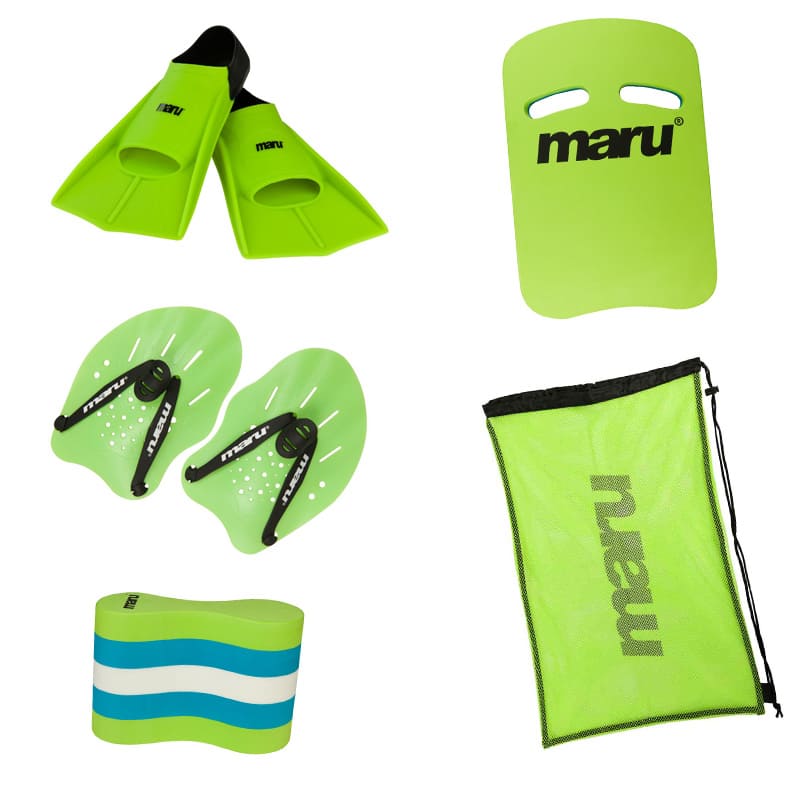
Image Source: M3C Sports












